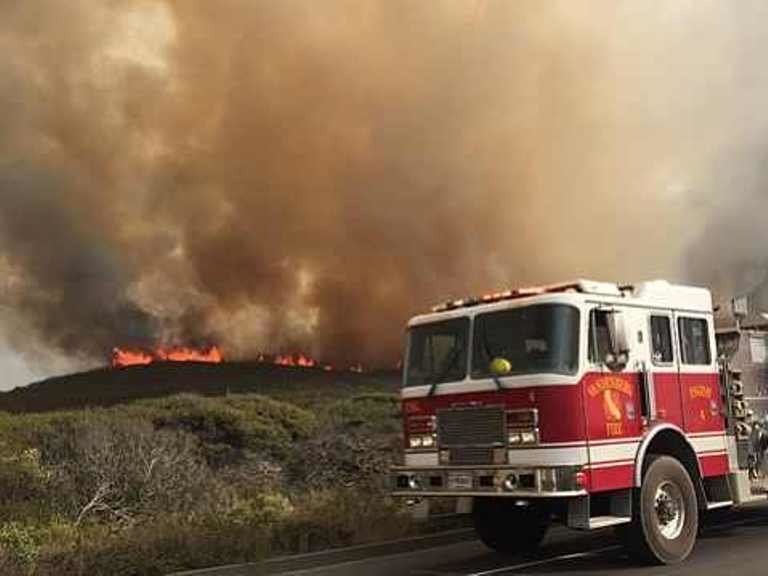
Vandenberg Air Force Base now has three fires burning, with a new start Friday afternoon.
Base officials reported this morning that the 215-acre Washington Fire, burning vegetation on North Base, experienced "minimal activity overnight [and] is under control," according to a statement. The Washington Fire started on Thursday afternoon, reportedly by a power line downed by strong seasonal gusts out of the northwest, forcing the evacuation of several buildings. There have been no reports of damaged structures.
At the same time, about 10 miles away, firefighting crews were closing in on the Canyon Fire, a wildland blaze on South Base that started on September 17. This morning, base officials reported that the 12,500-acre wildfire was 90-percent contained. Its cause has not been released and remains under investigation.
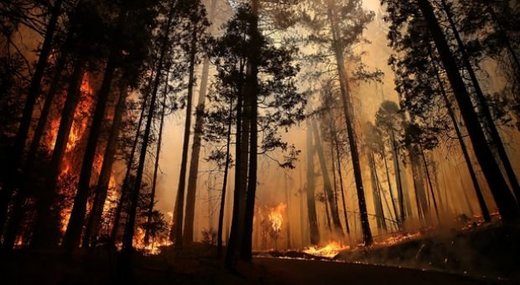
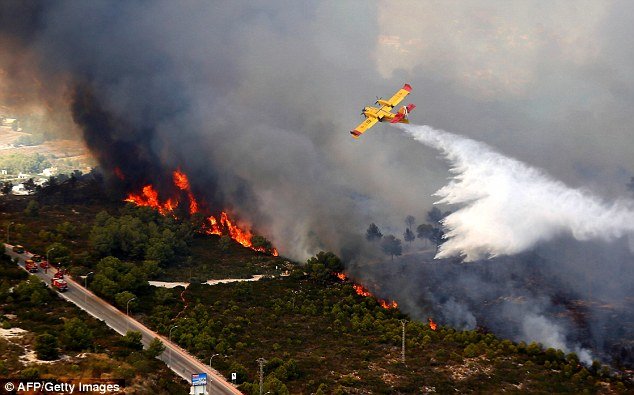
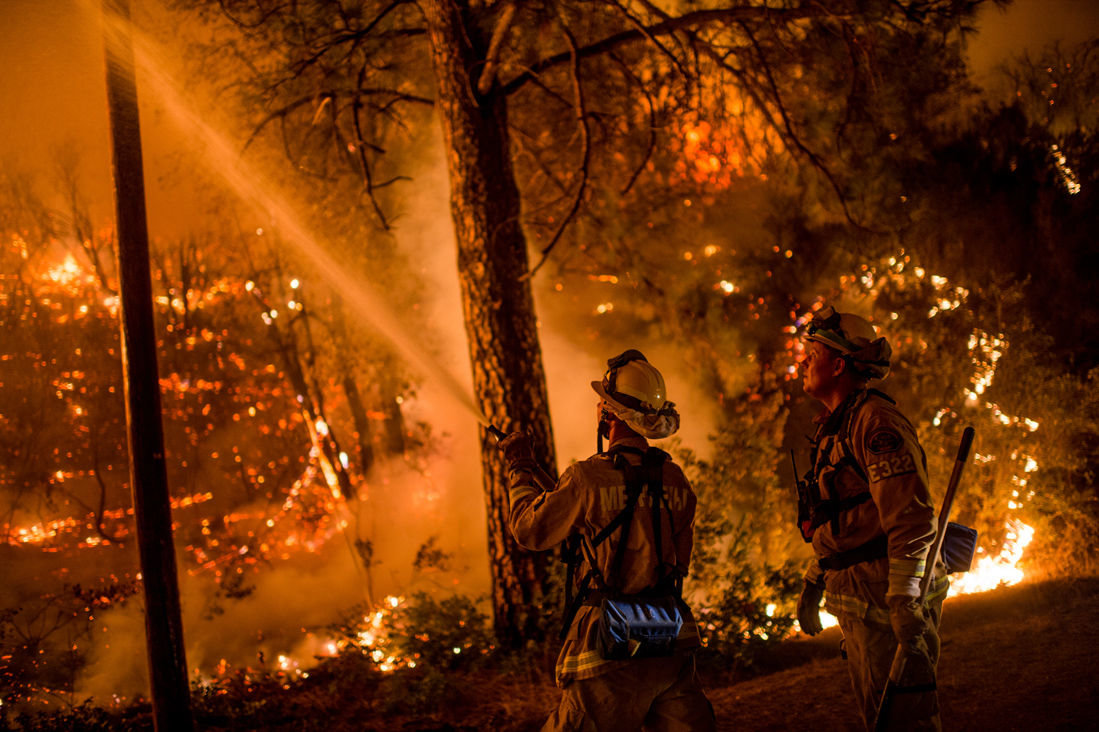
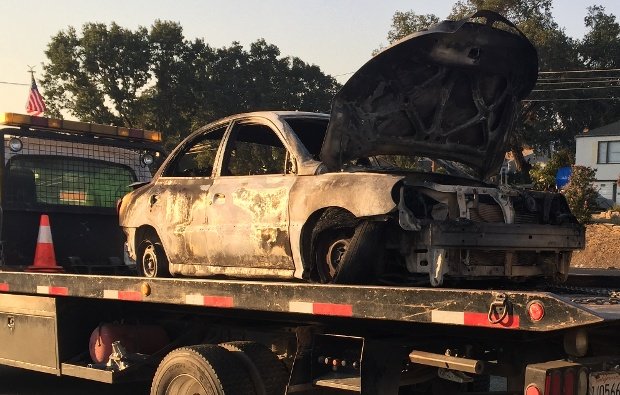
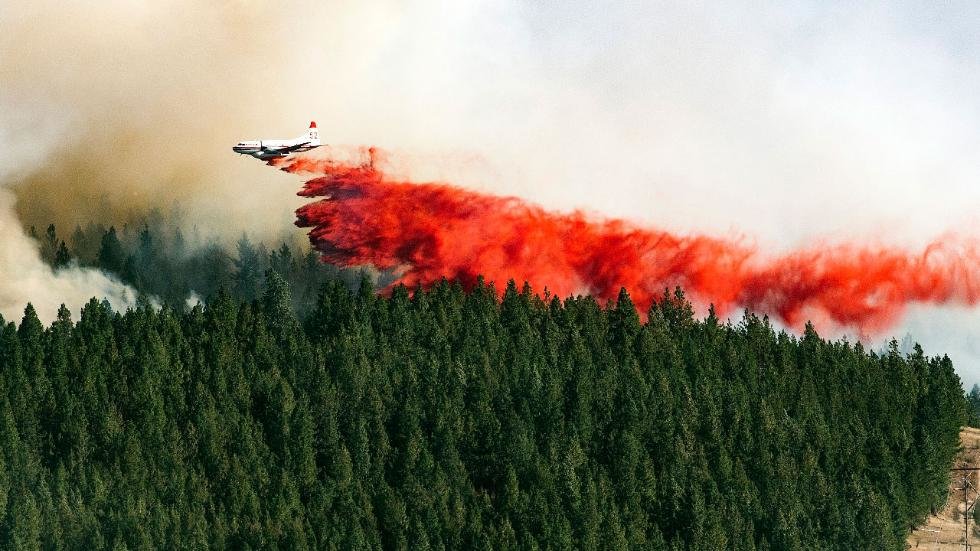
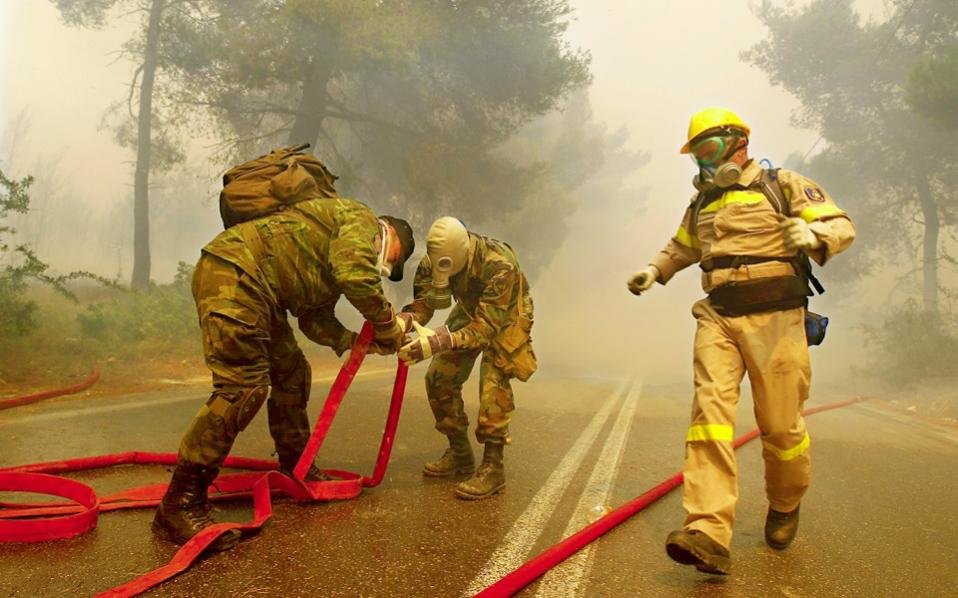
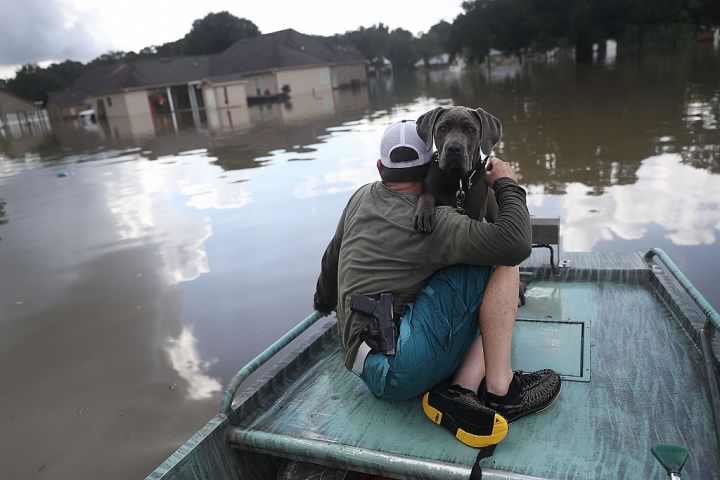
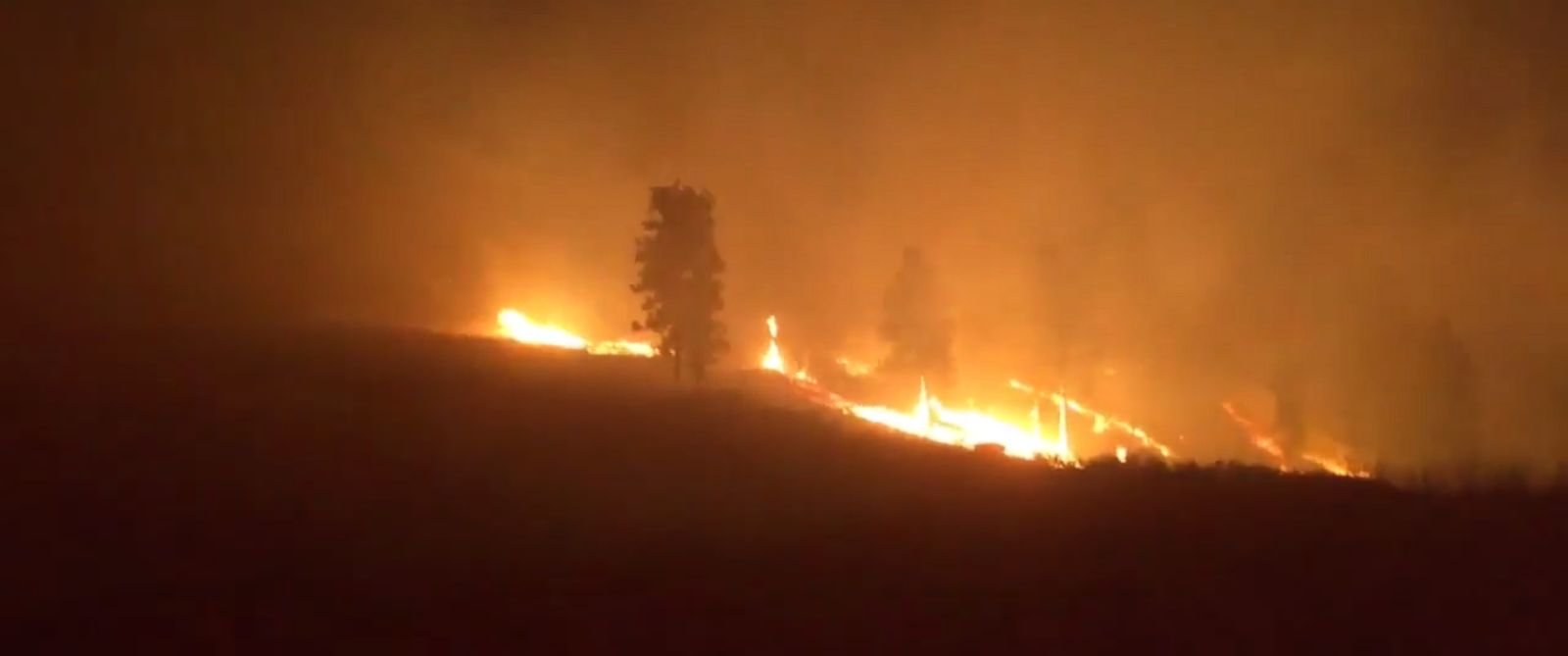
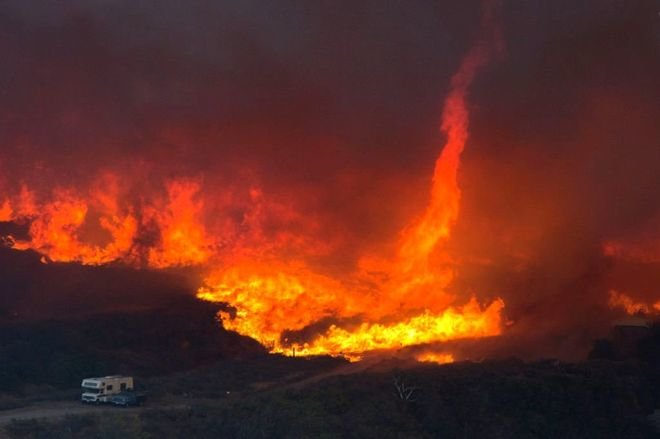



Comment: 2016 is already a year of extreme weather disasters for the United States